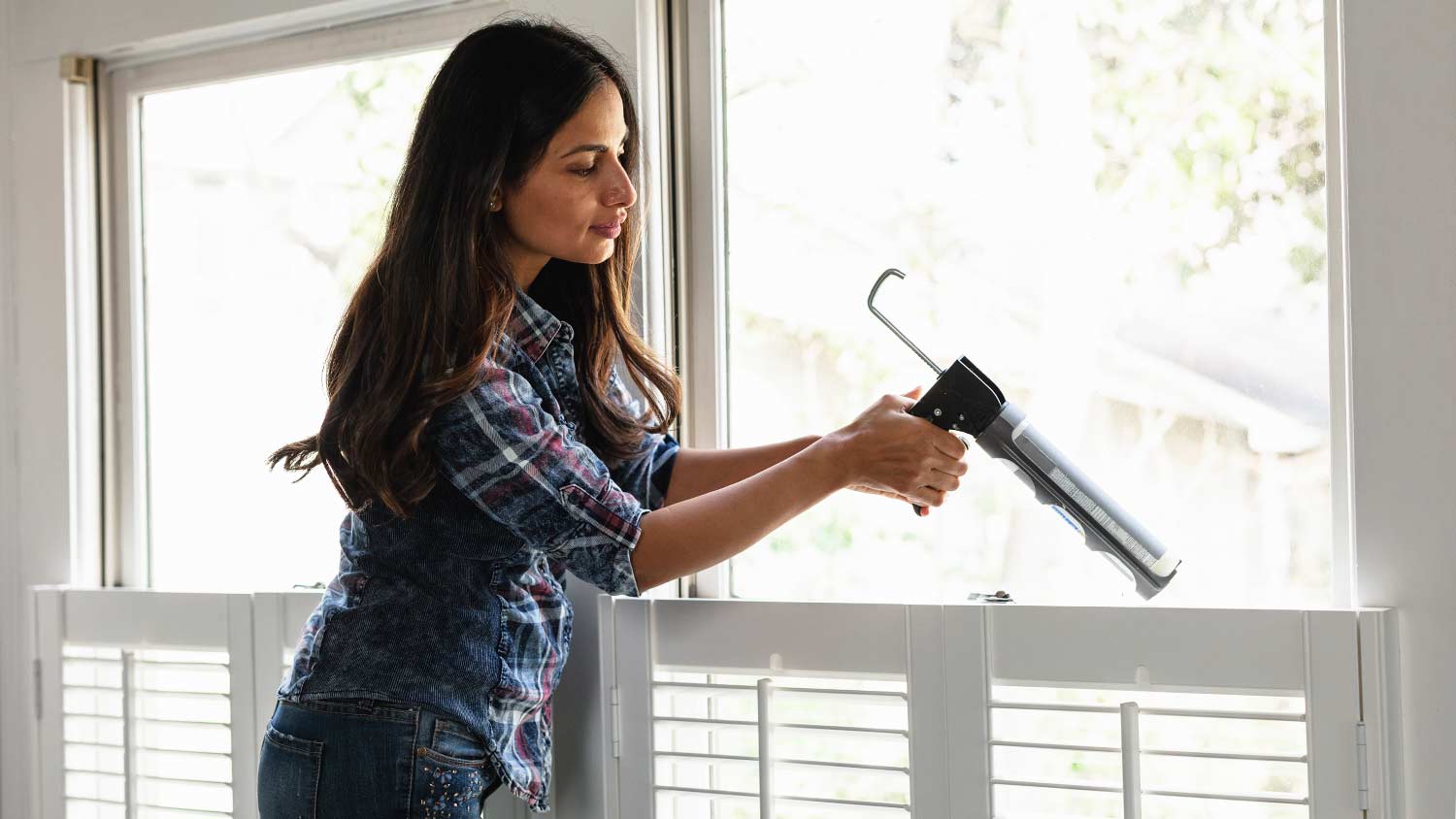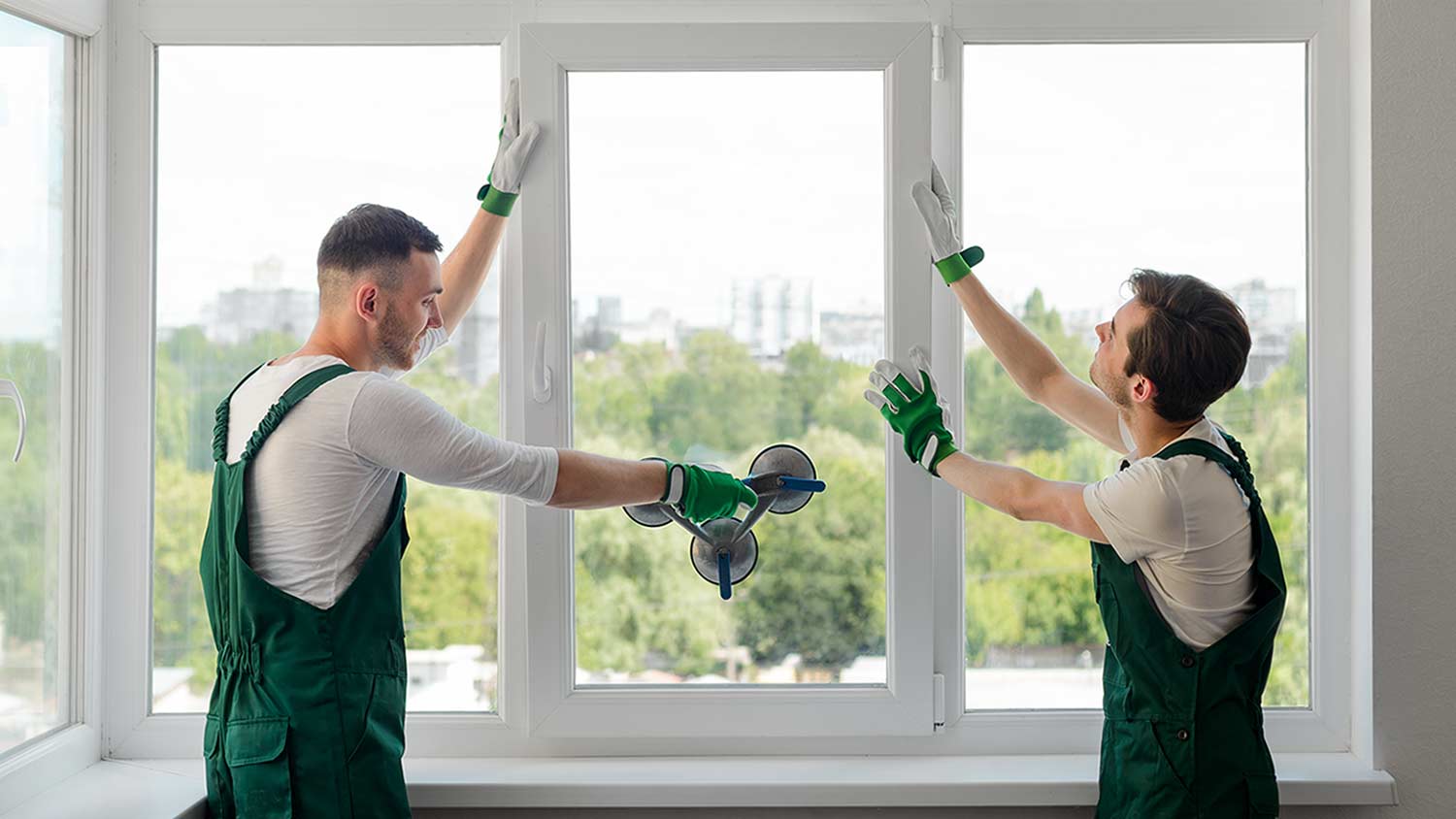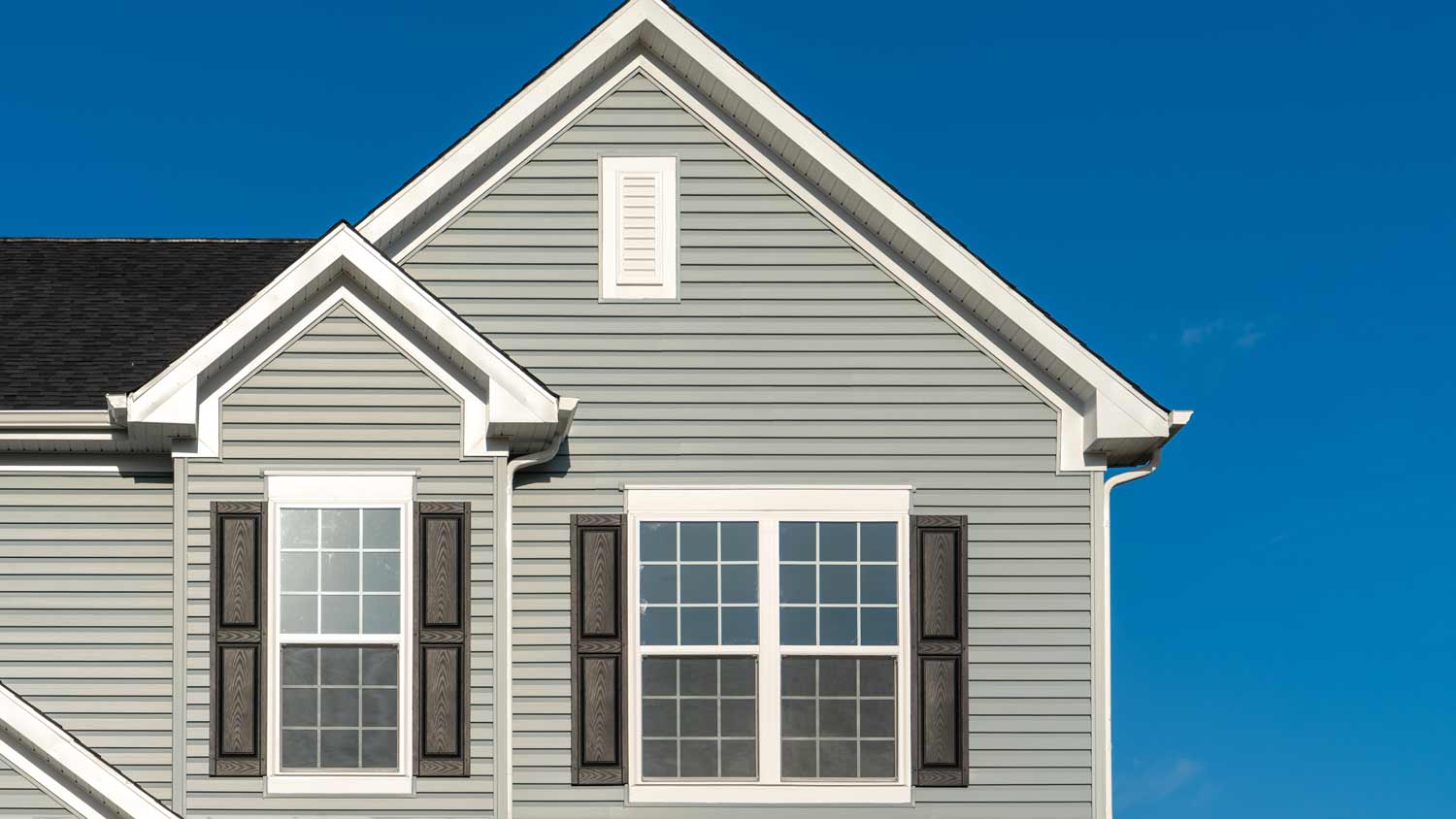Do Windows With Broken Seals Need to Be Replaced?
Foggy or drafty windows? Seal the deal with a repair or replacement.


Your window seals might be broken if you’re experiencing drafts, unusually high heating or cooling bills, or if you’re seeing condensation between the panes of glass.
You can fix some broken seals yourself with silicone caulk, but more severe damage or condensation between panes requires help from a professional.
If your window is nearing the end of its life, consider a full replacement, as it will provide greater value in the long run than a repair.
Window seal repair can quickly pay for itself in energy savings, so it’s always a worthwhile project.
The state of your windows can truly make or break your home’s look. But failing windows aren’t just unsightly; if you have double-pane windows, then a broken window seal will not only cause foggy windows from excess moisture but also drafts, making your home much more difficult—and much more expensive—to heat and cool. But do windows with broken seals need to be replaced, or is it possible to repair a broken window seal?
Each solution has its time and place. We’ll show you the pros and cons of each.
Repairing a Window Seal

Dealing with drafty or foggy windows? Taking on a window seal repair can seem like a much more attractive alternative to investing time and money into replacing your window. But is it really your best option? Check out the pros and cons of repairing a broken window seal:
Pros
Cost: Window repair costs are generally more affordable than full-on window replacement costs. For instance, a broken window seal repair generally costs between $70 at the low end and around $245 at the high end, which is quite a savings compared to new window installation.
Better repair options: You don’t have to replace the entire window frame if your seal fails. Instead, simply swap out the old panes and seals with a new unit with hermetically-sealed panes, and you’re good to go. If you aren’t handy around the house, hire a local window repair company to tackle the job.
Matching windows: If only one or two of your windows has a broken seal, replacing those windows potentially means a house whose windows no longer match. By repairing existing windows rather than installing a few new ones, you can maintain a singular aesthetic throughout your home.
Cons
Not as energy efficient: Many newer windows are treated with Low-E (low emissions) coatings and argon gas to make them much more energy-efficient. While repairing the seal on an old window will certainly help with energy efficiency, it’s usually no match for newly installed energy-efficient windows.
Not for major damage: If it’s not just your failing window seal but the entire frame, then a replacement could be a better long-term solution, especially since a broken or rotting frame makes it all but impossible to get a perfect airtight seal.
When Should I Replace a Window Seal?
If you have serious damage on your seals or notice a pretty substantial air leak, it’s probably a better idea to replace your window seal. You’ll know it’s likely time for replacement if you can feel a major draft and cold air leaking in all the time. Try replacing your window seals after attempting repairs but before completely replacing your windows—you could end up saving yourself a bunch of money.
Replacing Windows

If you have failing window seals, it might make more sense to replace the windows entirely. After all, windows don’t last forever—you’ll need to get new ones eventually. But how do you know if now is the right time to replace your windows? Let’s look at the pros and cons of window replacement.
Pros
Great new technologies: If you haven’t replaced your windows in a while, then looking into some of the newer options, including triple-pane and Low-E glass, may be worthwhile. Windows have come a long way. Newer windows are often easier to operate, offer more security, and block out unwanted noises much better than older windows.
Better energy efficiency: Today’s windows offer greater energy efficiency than ever before, and while you may pay a bit more for the high energy rating, in return, you can save hundreds of dollars each year in energy costs.
Higher ROI: Replacing your house’s windows is one of the highest-ROI home improvements you can make. When you sell your house, potential home buyers may be more likely to make an offer—and for a higher amount—if they see you’ve recently upgraded windows. Alternatively, old, inefficient windows may make it harder to get any offers from prospective buyers.
Cons
Price: Though you might enjoy more options and better energy efficiency in a replacement window, you can expect to pay more for the advantage. On average, window replacement costs between $175 and $2,300 per window.
Matching: If you have an older home with older windows, you might have trouble finding new replacement windows to match your existing ones. And that means you’ll either have to live with the mismatch or spring for a whole house window makeover.
Permits: Depending on your town’s laws and regulations, you might need permits for your new windows. Among the issues you’ll likely need to address in your application is ensuring your replacement windows meet your town’s egress window codes and pass the lead paint safety test.
When Should I Replace a Window?
If you have a draft that isn’t fixed by new seals, your energy bills seem high and there are no other obvious causes, your windows have serious damage, your windows won’t open or close correctly, your window is constantly foggy, or water always seeps in through the windows, it’s probably time for a replacement.
The Takeaway

When your once-lovely windows suddenly turn all foggy and drafty, your first impulse might be to panic. But don’t despair! You may be able to salvage your existing windows without spending too much money. Work with a trusted window installation company near you to figure out if your current window seal can be fixed or if it’s time for a new window.
If your goal is a shorter-term and more budget-friendly solution, repair may be the way to go. But, if you’re looking for a more permanent fix with higher-end options, then replacement may just be the right call.
Broken seals can lead to foggy windows and drafts. The former is an aesthetic issue. It can make it more challenging to see outside, and it’s less attractive to look at (something to keep in mind when selling your house). The potential for drafts is more problematic; not addressing a broken window seal could lead to drafts in the room and could cause a small uptick in your energy bill. We recommend repairing a broken window seal when you notice the problem.
Window seals don’t last forever, so they’ll inevitably fail for one reason or another. One of the most common reasons is the expansion and contraction of the glass. When the glass gets warm from sunlight, it expands and adds pressure to the seal; at night, as the glass cools, it contracts. This process, day in and day out, can eventually cause the seal to fail. Other common sources of failure include the house settling over time, chemicals that damage the seal when repainting windows, and incorrect window installation.
The cost to repair a window seal ranges between $70 and $245 per window, depending on the size of the window and where you live. This makes repairing a broken window seal much more affordable than replacing the entire window. However, if the window is old and has other issues, it may make more sense to replace it anyway.















